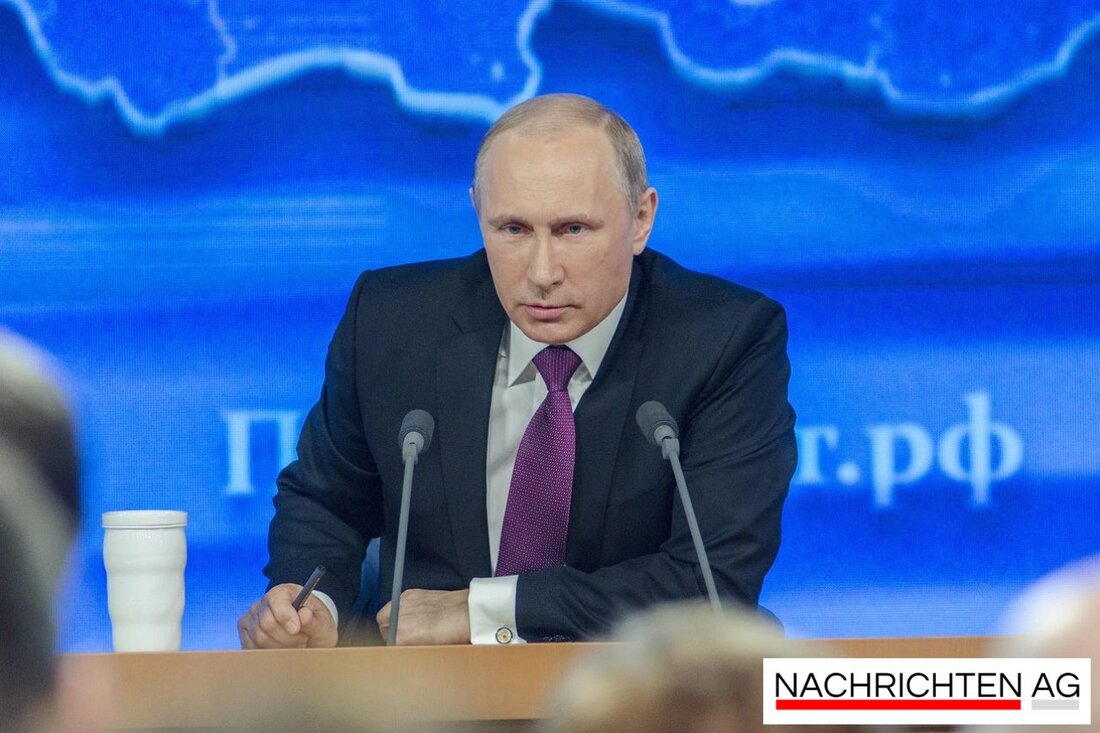Russia 2025: Four faces of a crisis-ridden nation!
The article highlights Russia's economic and social challenges in 2025, analyzes political unrest and the effects of war.

Russia 2025: Four faces of a crisis-ridden nation!
Currently, on July 6, 2025, Russia is facing enormous challenges in its economic and political landscape. The situation is tense and the consequences of the attack on Ukraine are being felt everywhere. The last few years have been marked by upheavals and a multipolar picture of the country is emerging.
In 2011, Russia began to slowly recover from the financial crisis that had severely affected economic growth during Vladimir Putin's first two terms in office. Political unrest broke out, especially among the liberal youth and intelligentsia, who protested against the results of the parliamentary elections and Putin's return to the political stage. In 2011, Natalia Zoubarevitch of Moscow University identified four different “Russias” characterized by geographical, economic and socio-cultural differences:
- Erstes Russland: Große Städte wie Moskau und St. Petersburg, in denen 21% der Bevölkerung leben und die von einem Anstieg der „weißen Kragen“-Berufe geprägt sind.
- Zweites Russland: Mittelgroße Städte, die 25% der Bevölkerung ausmachen, wo die Industrie noch präsent ist und der Lebensstil teilweise sovietisch geprägt bleibt.
- Drittes Russland: Periphere Regionen mit kleinen Städten und ländlichen Gebieten, die fast 40% der Bevölkerung ausmachen und seit Jahrzehnten mit einem demografischen Rückgang kämpfen.
- Viertes Russland: Nationale Republiken im Nordkaukasus und Südsibirien, die wirtschaftlich und sozial stark vom Rest des Landes abweichen.
Economic challenges
The economic situation for Russia in 2025 is anything but rosy. According to reports, the country is suffering not only from the consequences of international sanctions, but also from an acute onePandemic labor shortage, which particularly affects industry, trade and transport. Up to 2.6 million additional workers will be needed, an increase of 17% compared to 2023. Over a million Russians were mobilized for war, while between 650,000 and 1 million fled abroad in outrage. This massive brain drain is only exacerbating the situation, as numerous industries are fighting for qualified employees.
Economists describe the Russian economy as “overheating.” Inflation exceeds 10% and the central bank has raised interest rates to 21% to curb inflation. At the same time, the rouble has fallen and Russians are struggling with a growing shortage of imported goods and a declining quality of life. The country's reserves have also fallen dramatically - from $114 billion at the start of the Ukrainian war to just $38 billion today. In addition, the plan for an innovation-based economy presented by Putin has not been implemented, which increases the dependence on raw material exports.
Social tensions and perspectives
The political currents in Russia are reflected in the work of sociologists such as Valéry Fiodorov and Evguéni Mintchenko, who divide the country into four groups: “Russie partie”, “Russie des capitales”, “Russie profonde” and “Russie combattante”. The first two groups, which make up about 40% of the population, showed a clear rejection of the current military policy and the return to Western values. On the other hand, the “Russie profonde” has accepted Putin’s decisions and is benefiting from the economic redistribution. This shows how strong social differences exist and how these can affect support for the war.
Overall, there is a heated mood in Russia, characterized by increasing repressive measures against resettled Russians who have left the country. At the same time, the gap between the different social and economic groups, each pursuing their own interests and perspectives, is increasing. The international community is reacting with sanctions that are putting a heavy burden not only on the country and politics, but also on society and the economic structure.
Russia could enter a phase of searching for new economic partnerships with countries such as China, Turkey and India, which, however, would not provide an adequate solution to the current problems. Decoupling from the West brings long-term economic damage and leaves open the question of how society can continue to exist under the given circumstances.
Will Russia approach the abyss or can it climb its way out of the crisis? These questions remain open as developments continue to be closely monitored in the period ahead.
The information about the current challenges and social trends in Russia comes from several sources that shed light on the complex situation in the country. So reported RTBF about the various “Russias”, while RTS the acute labor shortages are addressed. For a broader economic analysis, the BPB an important source of information.

 Suche
Suche
 Mein Konto
Mein Konto